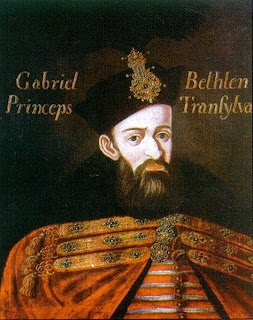In May 1622, the Transylvanian Diet (the deliberative assembly) met in Cluj and approved the plan of Prince Gabriel Bethlen to establish a high education institution. The nobility wanted its establishment in Cluj, but the will of the prince was decisive, as the institution which was named Academicum Collegium seu Gymnasium Illustre was founded in Alba-Iulia. The aim of the Prince was to transform Alba-Iulia into the "Heidelberg of the East". Wanting to ensure a high quality education, the prince invited professors from universities in Western Europe.
1906
1922
1931
In January 8, 1849, Aiud - considered a cultural and scientific center due to its college - was sacked and destroyed by the Imperial Armies, during the 1848 Revolution. It was the most terrible destruction in the history of Aiud and of the College.
1961
Following the nationalization in 1948, the College lose its properties and the Reformed confessional character was suspended. In 1976, it became a technical high school. Since 1990, it was transformed again in a theoretical high school, in November 1993 was called 'College', with kindergarten, primary, secondary and high school classes (with sciences, theological, educational profiles).
On the 1st floor of the main building is the Museum of Natural Sciences, the oldest of its kind in Romania. His first record is in 1720.
Images from Aiud Online.















